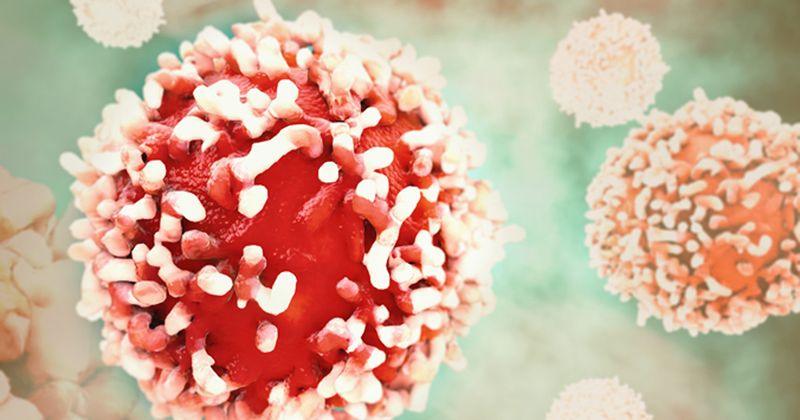PCI safe in patients with cancer, thrombocytopenia; use is increasing
ATLANTA — Researchers observed that PCI in patients with cancer is safe, regardless of cancer type or concomitant thrombocytopenia, and its use increased over time.
According to a presentation at the Society for Cardiovascular Angiography and Interventions Scientific Sessions, the analysis is the first nationally representative multiyear cardio-oncology mortality study to assess the relationship between cancer, thrombocytopenia (blood platelets < 150,000) and use of left heart catheterization and PCI.

“Our study aimed to leverage the power of big data and artificial intelligence to provide robust, reliable and relevant results to guide appropriately tailored interventions for cardio-oncology patients,” Dominique J. Monlezun, MD, PhD, PhD, MPH, adjunct assistant professor at The University of Texas MD Anderson Cancer Center, said in a press release.
For the analysis, researchers utilized the 2016-2018 National Inpatient Sample to identify more than 100 million hospitalized adult patients, of whom 6.36% had active cancer and 6.14% had thrombocytopenia.
Machine learning and propensity score were used to better understand trends in MI treatment in this patient population.
Monlezun and colleagues found that among patients with thrombocytopenia, those with active cancer were less likely to receive left heart catheterization (1.88% vs. 5.41%) and PCI (0.48% vs. 1.35%; P for all < .001) compared with patients without cancer.
Among those with cancer, patients with thrombocytopenia were more likely to experience acute MI (4.06% vs. 2.35%) and receive IVUS (62.65% vs. 56.75%) compared with those without thrombocytopenia; however, rates of fractional flow reserve and OCT were similar between groups.
The rate of PCI for patients with thrombocytopenia increased between 2016 and 2018 (6.16% vs. 10.33%).
Moreover, among patients who underwent PCI, neither active cancer (OR = 0.89; 95% CI, 0.45-1.75; P = .738) nor any of the 32 cancer types included in the analysis were associated with increased mortality risk compared with no cancer.
“Our hope is to decrease undertreatment among this patient population by ensuring clinicians have reassuring evidence on the safety and efficacy of revascularizations techniques for this specific patient population,” Monlezun said in the release.










